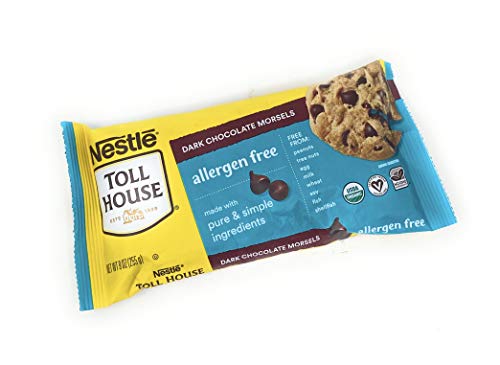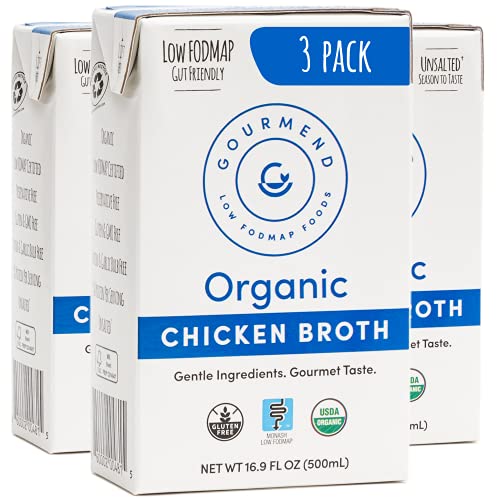The gut is so complex, and being a parent is so complex.
When your child has gut issues, it can be really hard to watch. The point of this article is to break down different reasons why your child may have stomach pain or altered stools.
Let’s go over some examples of functional GI disorders:
Functional GI disorders can be classified as functional diarrhea disorders (IBS), functional dyspepsia, functional constipation, cyclic vomiting, and functional abdominal pain to name a few.
Functional Diarrhea Disorders:
Functional diarrhea can be defined as an otherwise healthy child having chronic diarrhea without any underlying diseases. It can present itself as early as 6 months old and commonly, 4 or more large stools per day will be seen. Stools typically start as semi-solid in the morning and become loose as the day goes on. This usually resolves by 4-5 years of age. For some children, excessive use of fructose or sorbitol-based juices or diets high in sugar or other carbohydrates may be a reason for functional diarrhea.
Irritable Bowel Syndrome (IBS):
IBS is characterized by recurrent stomach pain and a change in the form/frequency of stools. It is thought that between 1-3% of children in the US have IBS.
Irritable Bowel Syndrome with Diarrhea (IBS-D):
This is usually associated with mild diarrhea and can be seen at most ages, but it is most common in adolescent females. Symptoms associated with IBS-D are typically loose stools, stomach pain, an urgency to have a bowel movement, and a sensation of incomplete evacuation.
Cyclic Vomiting:
This can be classified as 2 or more periods of nausea/vomiting lasting hours to days. The child should return to a normal state of health for weeks to months between nausea/vomiting episodes.

Functional abdominal pain disorders can be activated, worsened, or maintained by environmental (GI tract infection or medication) and psychosocial factors (stress, anxiety, staying home from high anxiety/stress situations).
How are functional GI disorders diagnosed?
They can be diagnosed if your child is having stomach pain for greater than 2 months, there are no other alarming findings with a normal physical exam, and there is no blood in the stool.
You may have noticed that things like celiac disease and inflammatory bowel disease (IBD) have not been mentioned.
Celiac disease and IBD are technically not functional GI disorders as they may present with alarm signs (blood in the stool, etc). Here is a breakdown of the two:
- Celiac disease is found in those people who cannot tolerate gluten. Symptoms that commonly present with celiac disease are failure to thrive, diarrhea, or occasional constipation. Testing can be accomplished by drawing blood to determine if your child has celiac disease or not.
- Inflammatory bowel disease (IBD) can be labeled as ulcerative colitis or Crohn’s disease. Symptoms include a long history of diarrhea, associated with mucous and sometimes blood in the stools. It can occur at any age, but the most common peak incidence is during adolescence or mid-adulthood.
Hopefully, this article has helped to expand your knowledge so that you can feel more comfortable discussing gut-related issues with your child’s pediatrician.
- Helgeland, H., Grotta, J., Kristensen, H., & Markestad, T. (n.d.). Diagnosing pediatric functional abdominal pain in children. Journal of Pediatric Gastroenterology and Nutrition. Journal of Pediatric Gastroenterology and Nutrition. Retrieved December 19, 2022.
- Martin, M. G., & Thiagarajah, J. R. (n.d.). Overview of the causes of chronic diarrhea in children in resource-rich settings. UpToDate. Retrieved December 19, 2022.
- Chacko, M. R., & Chiou, E. H. (n.d.). Functional Abdominal pain in children and adolescents: management in primary care. UpToDate. Retrieved December 19, 2022.
- Mayo Clinic Staff. (2021, August 10). Celiac Disease. Mayo Clinic.



















Comments
Join The Conversation...